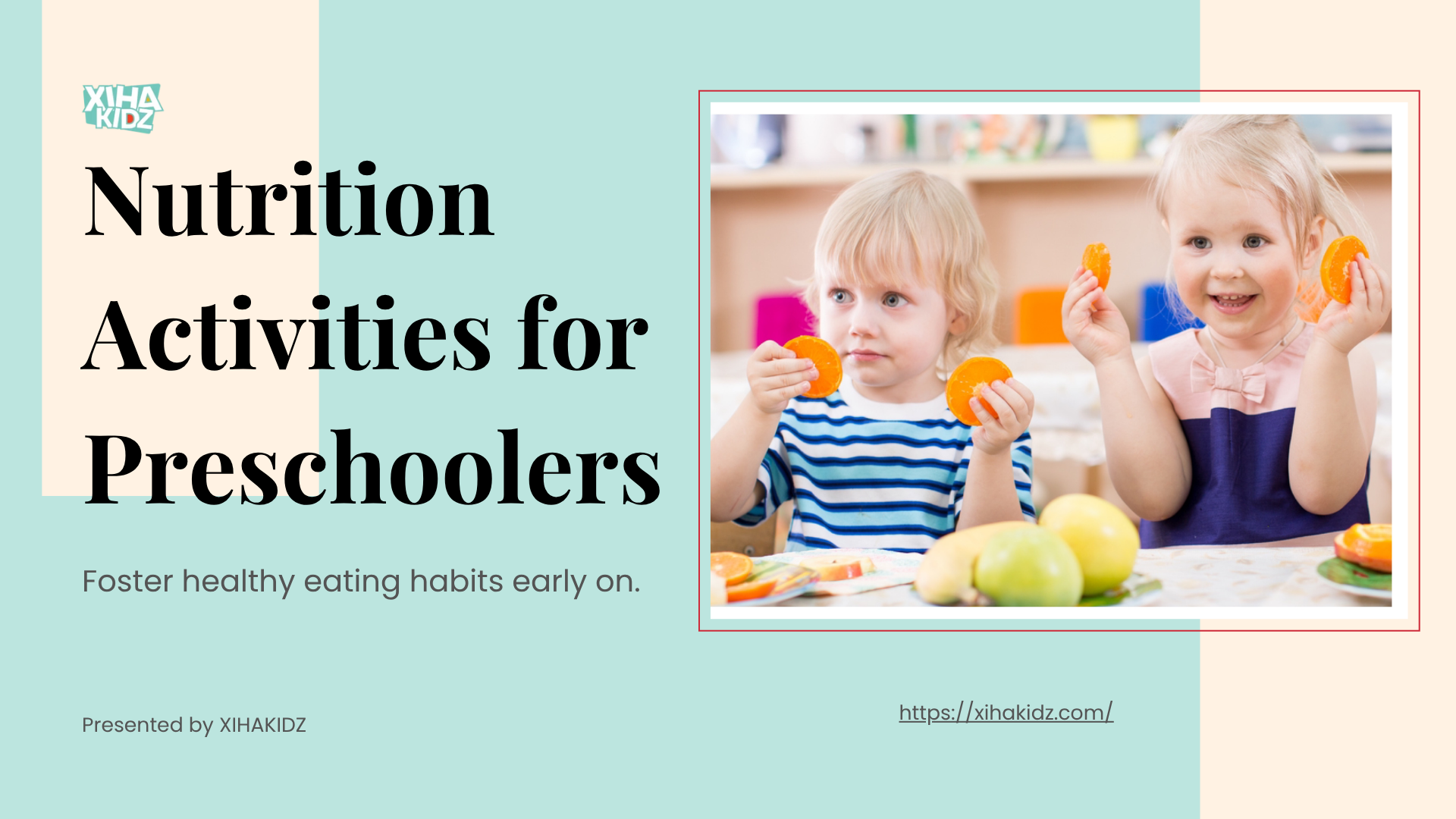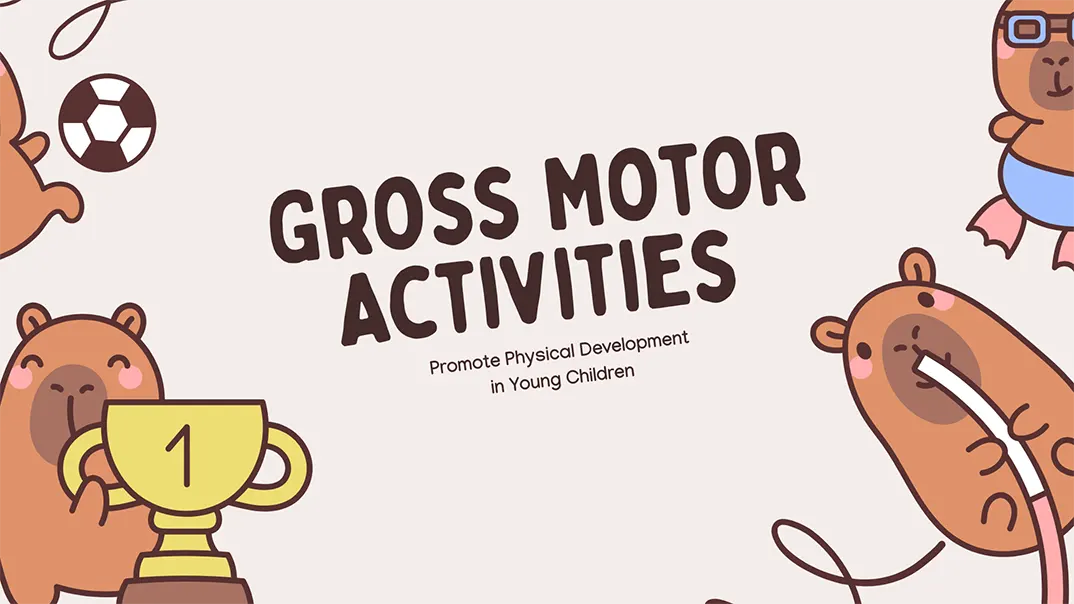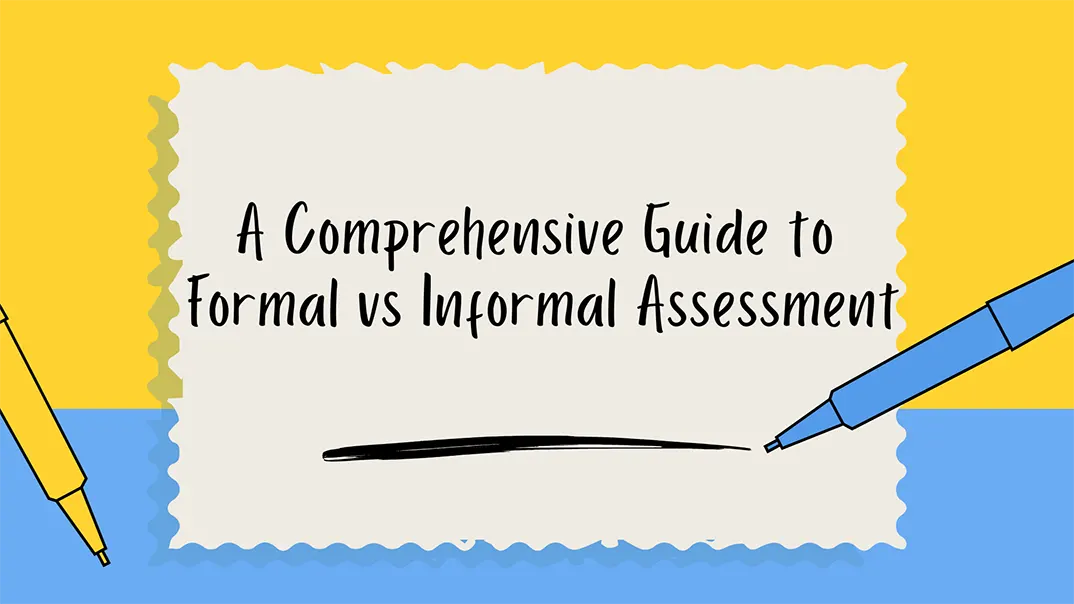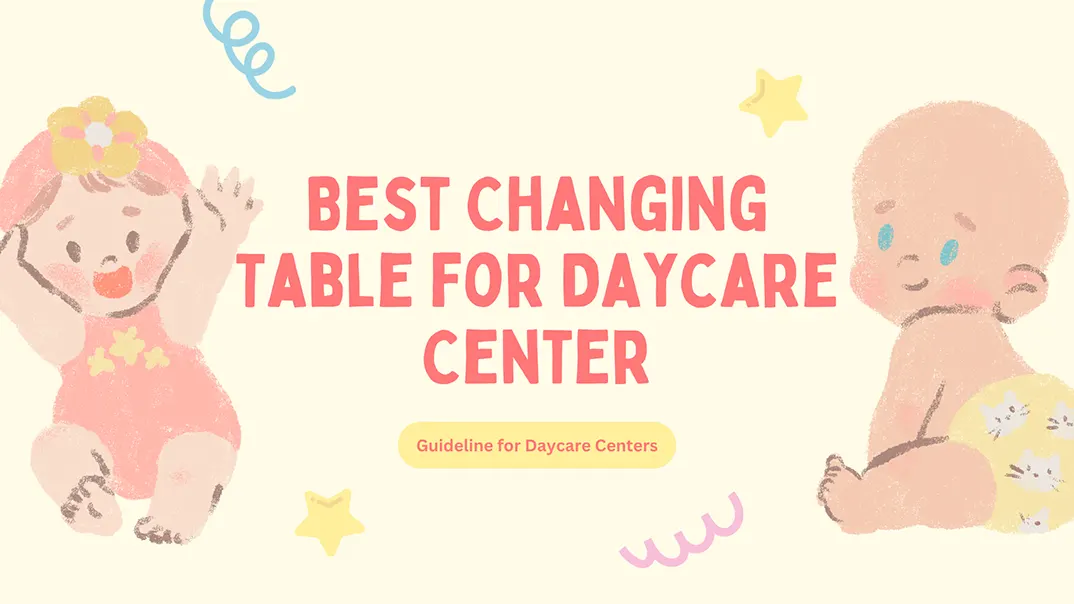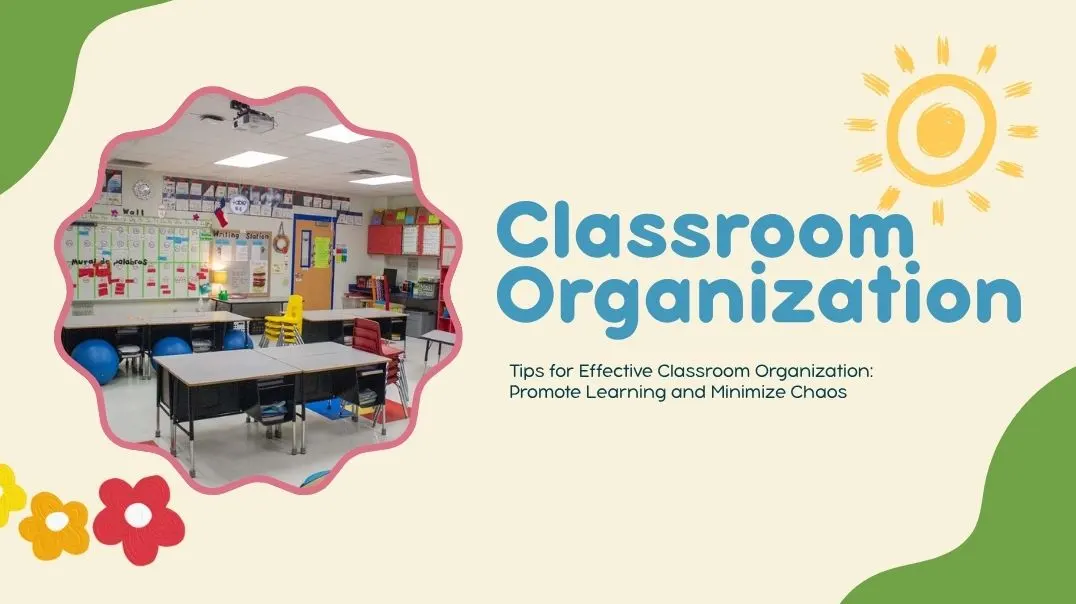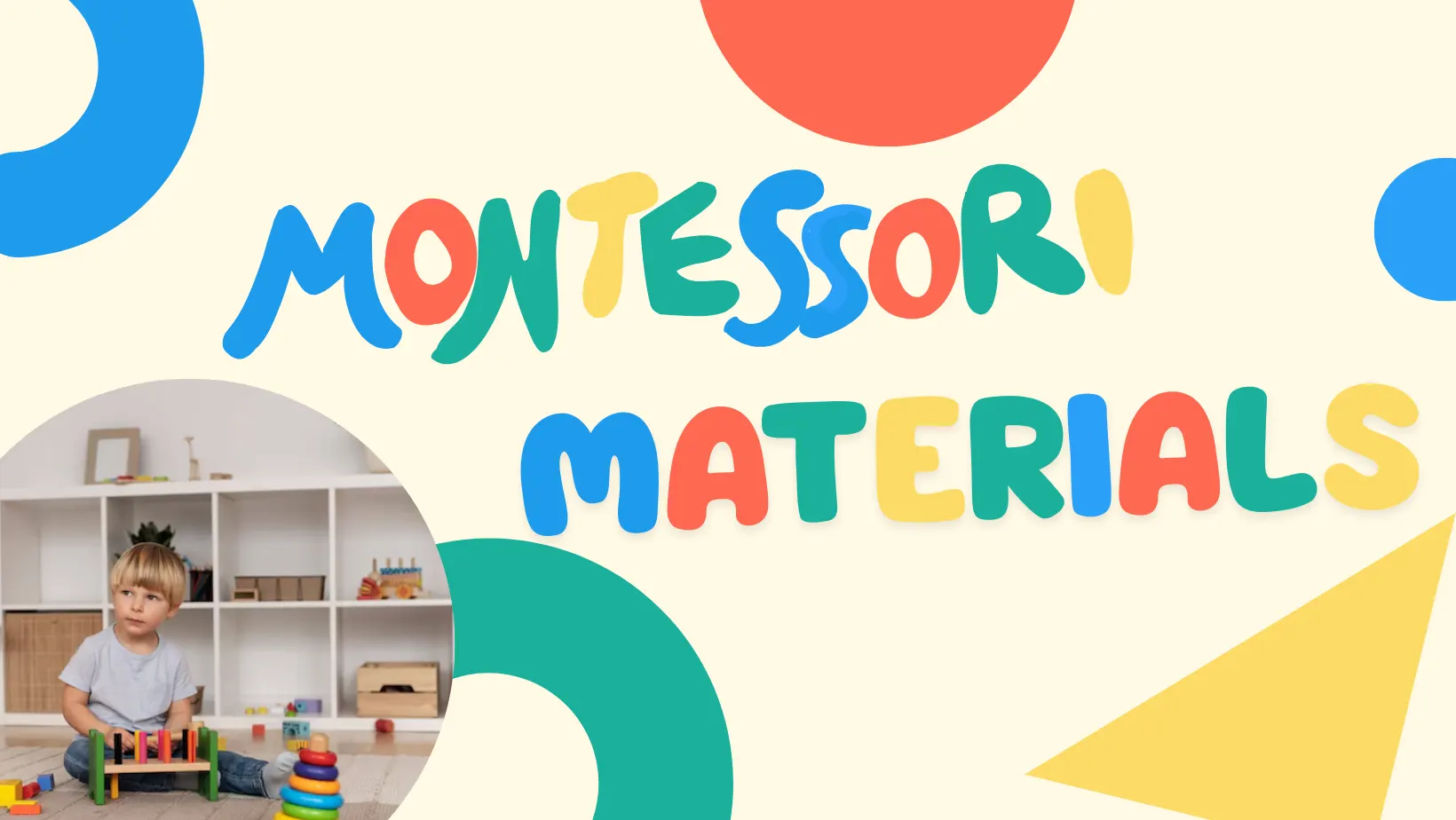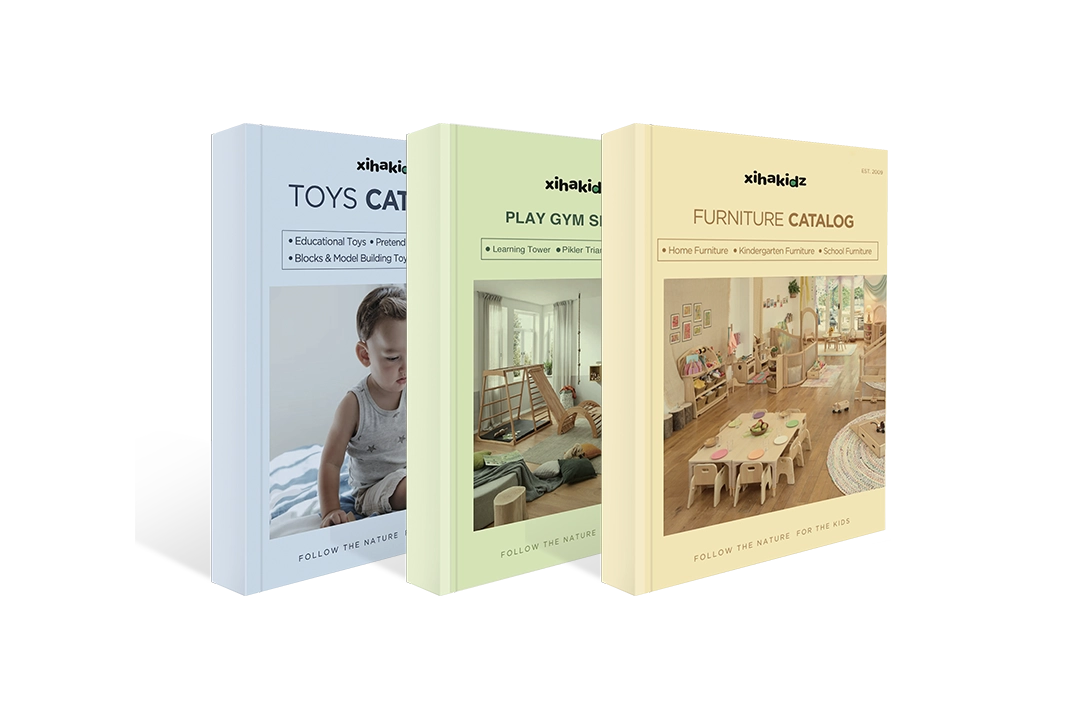
This guide explores how preschoolers develop an understanding of long vs short vowels through age-appropriate teaching methods, educational toys, and sound-based activities. It also addresses key challenges in the transition from short vowels to long vowels, and offers actionable solutions, FAQs, and learning strategies based on Montessori principles.

